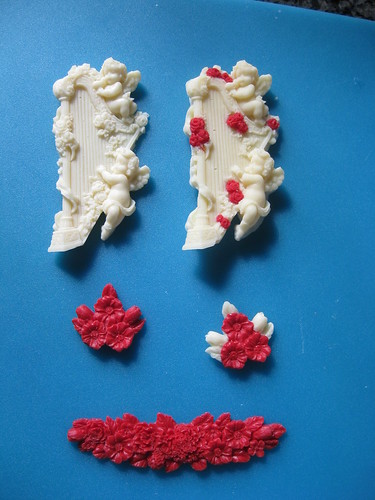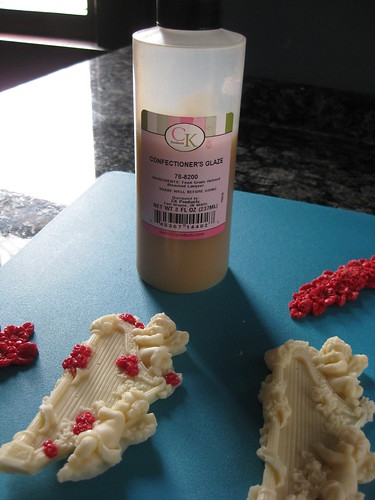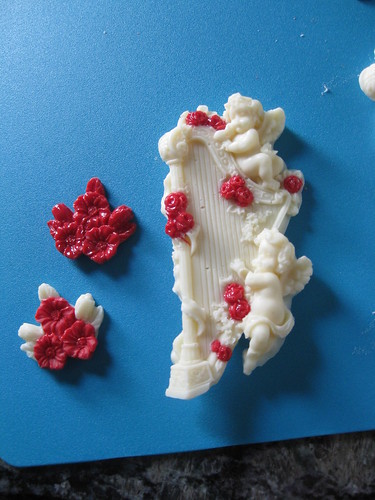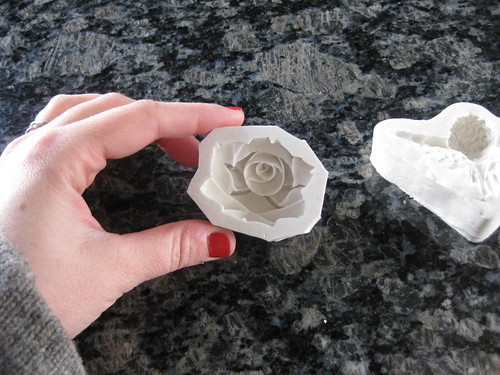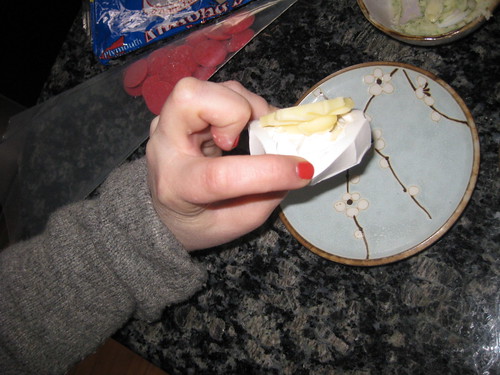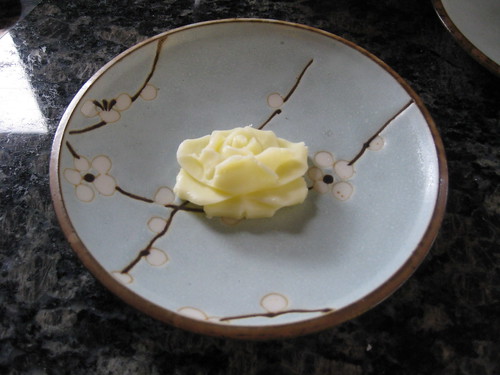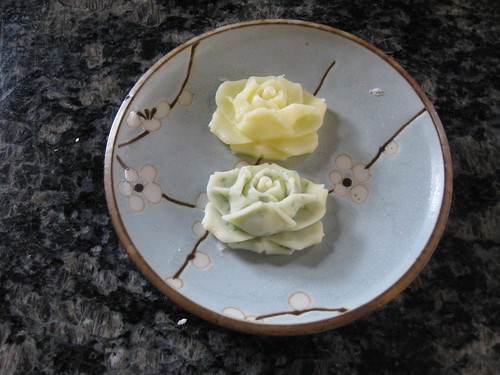Recently I have seen this video making the rounds on facebook.
Logan is a well spoken young man and clearly "Hackschooling", as he calls it, is working for him. At first viewing, this seems like a great way to do it and why can't every kid have an education just like this! Perhaps my years in education have made me a cynic, but I have a much more realistic view of education and I take issue with the premise that homeschooling is for everyone. Certainly, there are some families and students that this works very well for, but it doesn't work for everyone. I have had good friends who have home schooled successfully and I have taught students who returned to public education after homeschooling who were misserved by this education. I have friends who were home schooled who didn't live up to their own potential because of it and others who were able to achieve more. There is no one size fits all answer.
That being said, here are my issues with this talk…
1) This is an extremely privileged view of education. Not all parents have the resources this family has. They don't have the monetary resources, they don't have resources of background knowledge or education, and they don’t have the luxury of the time it takes to homeschool a child. Picking and choosing your own curriculum is wonderful, so long as you have a parent who is well versed enough to be diligent with the curriculum and have the time to put into being your only teacher. Frankly, I don’t feel like I know enough to actually teach my child a foreign language, or physics, or english properly (and I am a teacher) but you can always hire out those parts, right? Being able to join in homeschooling co-op groups is great, if you can afford the private ski lessons, or even just the private spanish tutor. Having starbucks as your classroom is a luxury many of us can’t afford. For the vast majority of families this model is untenable.
2) Teaching children to be happy and healthy is the job of their parents, regardless of if they are homeschooling or sending their students to a traditional school. Should education support the parents in this job? Absolutely! But it is not possible for a teacher who sees them for 5 hours a week to teach a student how to be spiritual, enjoy nature, volunteer service in the community, etc. especially given the narrow parameters we are allowed to operate within. Nor should parents expect this of teachers. Which brings me to my final point.
3) Education like this is actually possible in schools.
The 8 items needed to be happy and healthy (according to the ted talk) are “exercise, diet and nutrition, time in nature, contribution and service, relationships, recreation, relaxation and stress management, religious and spiritual”
Let me repeat, Education like this actually is possible in schools. It is actually happening in schools. Waldorf schools do it. Catholic schools get close (they hit spirituality and service pretty hard, perhaps they need a little work on diet and nutrition). Public schools are putting out fires, but they have their moments, teachers who fight for classes like forensics, home ec, music, outdoor ed, or even classes with projects that can’t be evaluated in a traditional way but are truly meaningful. Extra curriculars that give students the opportunity for service and time in nature. These things all happen in current schools, however they happen in limited ways. We are focused on solving crises, providing food, social work and counseling.
Putting out fires aside, if you would like me, your public school teacher, to teach your child something besides just math I absolutely have that ability. I can teach lots of cool things that are applicable to life and the real world and even include math. I can teach math in ways that students will actually understand it and not just memorize it. I can teach them ways that mathematics can be meditative and relaxing and enjoyable through art, cooking, knitting and sewing, puzzles and games. But you know what, that means that the public would need to trust the professionalism of teachers. Public Educators have had our hands tied by legislation from public officials that the public has elected. If you want this sort of education for your children, then why are public schools being forced to do standardized testing? “common core” curriculum? Why are teachers being blamed (and evaluated) for under performance in math, science, reading, english, etc when we have very little say so over how and what we teach? Why are teachers unions under fire when one of the (many) things they lobby for is teacher autonomy? And if you want your kids to learn physics from a ski instructor then why are you so upset to pay teachers private ski instructor wages? When teachers spend all their time preparing for standardized tests, evaluations, and fighting to retain our pensions how can we possible have the time or energy to reach the level of creativity an organic education like this would take? Believe me, most of us would love to teach that way if only we were given an opportunity. If this is a model of education that you really wish for your children, then realize what it would take to get there.
Then go vote to make it happen.
Then go vote to make it happen.

